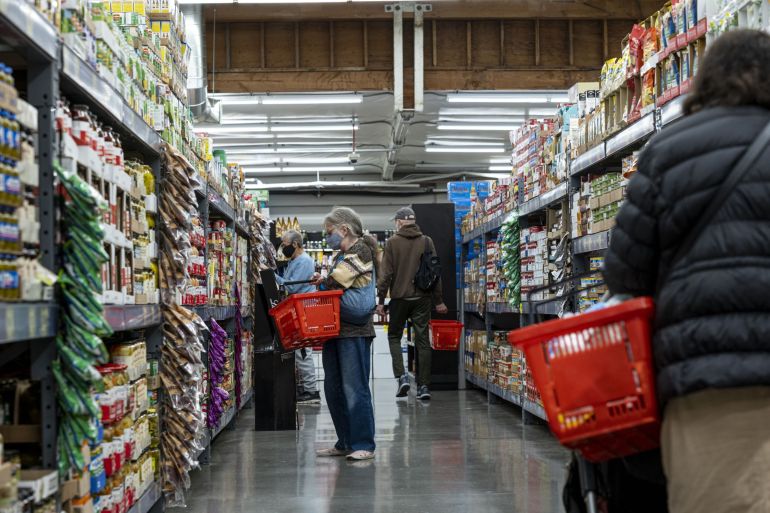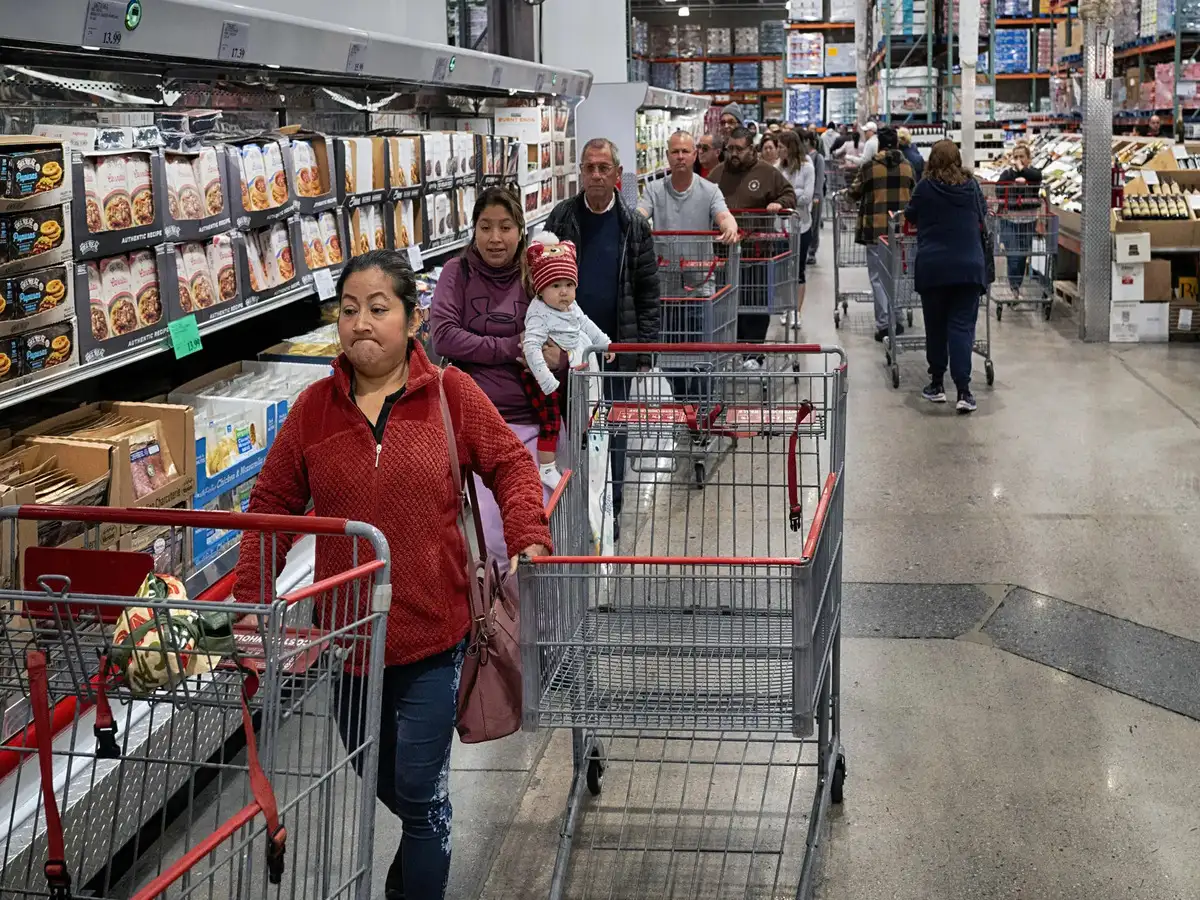The of American consumer spending has undergone a dramatic transformation in 2025, with tariffs emerging as the second-biggest concern for shoppers after inflation. As trade policies continue to create uncertainty across the economy, consumers are fundamentally changing how, when, and what they purchase. The ripple effects of these policy shifts are creating what economists call “tariff fatigue” – a phenomenon where frustrated shoppers are pulling back, delaying purchases, or forgoing them altogether.
Despite the challenges, consumer spending has shown remarkable resilience, with year-over-year growth of 4.3% through May 2025. However, this strength masks significant behavioral shifts beneath the surface. A striking 83% of shoppers have planned changes to their finances or shopping behaviors in response to tariff announcements, signaling a new era of strategic, cautious spending that’s reshaping entire industries.
The generational divide in responses has been particularly notable, with Gen Z and millennials more likely to alter their spending habits compared to baby boomers, who appear more resistant to change. This shift isn’t just about immediate price impacts – many consumers are already adjusting their behavior even before tariff effects hit store shelves, demonstrating how policy uncertainty alone can drive market changes.
Understanding these evolving patterns is crucial for both businesses and consumers in this complex economic environment. From delayed discretionary purchases to increased focus on domestic alternatives, the current spending trends reveal a consumer base that’s becoming increasingly sophisticated in its approach to economic uncertainty.
Immediate Consumer Responses to Tariff Announcements
The speed at which consumers have responded to tariff news has been unprecedented. Within months of policy announcements, consumer sentiment dropped 32% in May, representing a nine-percentage-point swing from the previous quarter. This sharp decline reflects not just concern about future prices, but active behavioral changes already underway.
The most common immediate response has been deal-seeking behavior, with 43% of consumers actively looking for sales or coupons to offset anticipated price increases. This represents a fundamental shift toward more strategic shopping, where consumers are conducting increased research and hunting for deals with heightened scrutiny.
Another significant trend is purchase timing manipulation, where 32% of consumers are delaying purchases until prices stabilize. This behavior creates a complex market dynamic where demand patterns become unpredictable, making it difficult for both retailers and manufacturers to plan inventory and production schedules.
Categories: Seeing Delayed Purchases

Discretionary spending has borne the brunt of consumer caution, with 50% of shoppers expecting to delay purchases in categories such as electronics, accessories, jewelry, and dining out. This trend reflects consumers’ prioritization of essential needs over wants during uncertain times.
The electronics sector has been particularly affected, as many of these products rely heavily on imported components subject to tariff increases. Retailers have already begun slashing orders from China amid ongoing trade uncertainty, sparking warnings of potential shortages in categories like toys for the upcoming holiday season.
Luxury items with high price elasticity are experiencing significant demand reductions, while necessities with inelastic demand, such as basic food items, are seeing minimal changes in purchasing patterns. This divergence highlights how tariff impacts vary dramatically across different product categories.
Essential Categories: Maintaining Stability
Despite widespread concern about tariffs, essential spending categories have remained remarkably stable. Forty percent of consumers report expecting no changes to spending on groceries, vitamins and supplements, and gasoline. This stability in essential categories has been crucial in maintaining consumer spending strength.
Interestingly, inflation relief in categories that worry consumers most may be creating more space in budgets for discretionary purchases. Housing and food costs have increased only modestly in 2025, while gas prices have actually decreased, providing some relief to household budgets.
Shift Toward Domestic Alternatives
A notable trend has been the conscious shift toward American-made products, with 25% of consumers planning to buy U.S.-made alternatives to their usual imported goods. This represents both a practical response to tariff-induced price increases and a broader sentiment toward supporting domestic production.
Additionally, 32% of consumers are planning to buy fewer imported goods, creating opportunities for domestic manufacturers to capture market share. This trend could have lasting effects beyond the current tariff period, potentially reshaping supply chains and consumer preferences for years to come.

